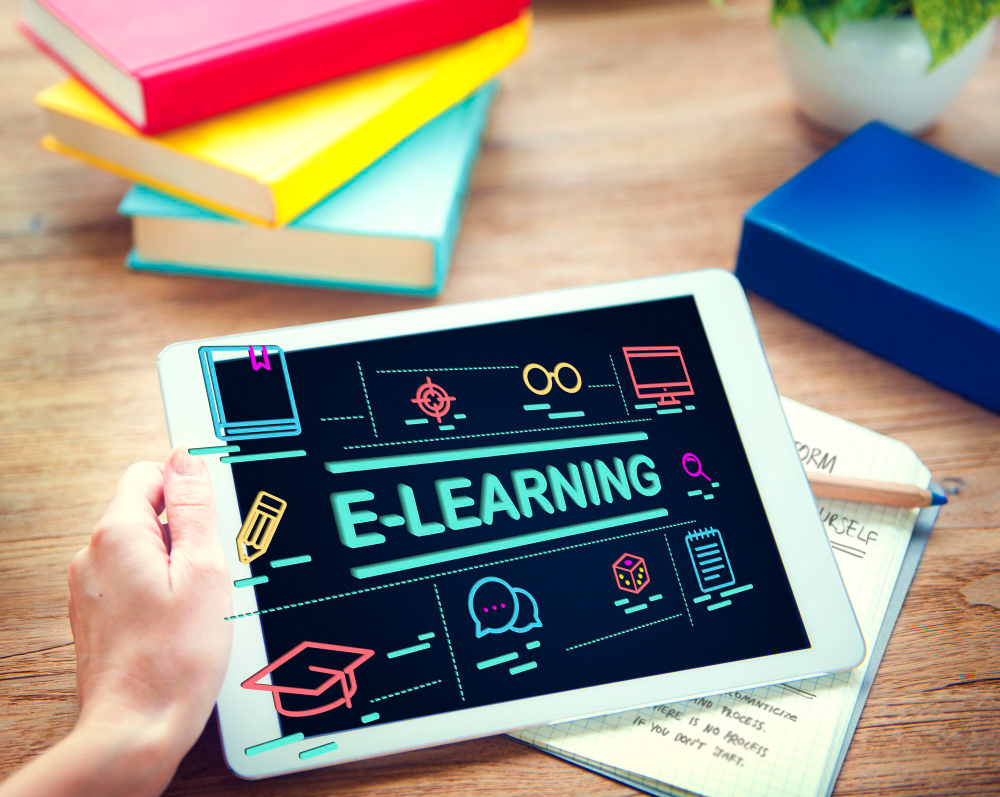
Modern education has vastly transformed with the introduction of innovative technology into classrooms. Today, it’s no longer enough to follow conventional methods of teaching; adaptive learning demands the adoption of cutting-edge technology to foster better learning experiences. The integration of advanced connectivity in eLearning allows for seamless cooperation, instant feedback, and personalized experiences, aligning education with the modern needs of students. This article explores the various ways educators can leverage advanced connectivity to elevate student success in eLearning environments.
Advanced connectivity has enabled classrooms to transcend the physical limitations of traditional learning spaces. Virtual classrooms provide students with the ability to access learning materials anytime and anywhere, offering them the flexibility to learn at their own pace. This flexibility not only caters to students with different learning abilities but also allows for international collaboration, where students from different geographical locations can work together, broadening their educational experience. The connectivity capability supports an inclusive learning environment that empowers students to take charge of their own learning process.
Instant feedback, a byproduct of advanced connectivity, has revolutionized the way students receive help and guidance. With instant access to online platforms and tools, educators can provide real-time feedback on student assignments, quizzes, and projects. This rapid response system is crucial as it allows students to quickly identify their strengths and weaknesses, thus continuously improving their skills. Instant feedback encourages a growth mindset among students, promoting a culture of consistent learning and development.
One of the prominent benefits of leveraging advanced connectivity is the potential for personalized learning experiences. Adaptive learning technologies utilize connectivity to analyze and understand individual student performances, identifying specific learning patterns and preferences. By gathering this data, educators are able to tailor lesson plans that cater specifically to each student’s learning style. This personalized approach ensures that students receive an education that is both meaningful and effective, ultimately leading to greater engagement and success.
In addition to benefiting students, advanced connectivity also opens up new opportunities for professional development among educators. Teachers can join virtual forums and online courses to enhance their teaching skills and learn new methods for integrating technology into their classrooms. By staying updated with the latest educational trends and tools, educators can continuously improve their instructional techniques, thereby strengthening the learning environment for their students.
Seamless integration of technology in classrooms also facilitates a more collaborative learning culture. Advanced connectivity allows students to engage in group discussions, participate in online forums, and collaborate on joint projects, even if they are miles apart. This collaboration not only teaches students the value of teamwork but also enhances their communication skills, preparing them for future professional environments. Emphasizing collaborative learning in digital spaces equips students with essential 21st-century skills needed in a globally connected world.
In conclusion, leveraging advanced connectivity in education is not merely an enhancement but a necessity for modern learning success. By embracing these technologies, educators can create enriching learning environments that foster academic growth, inclusivity, personalization, and collaboration. As educational demands continue to evolve, the adoption of advanced connectivity tools and strategies will remain crucial in preparing today’s students for tomorrow’s challenges.